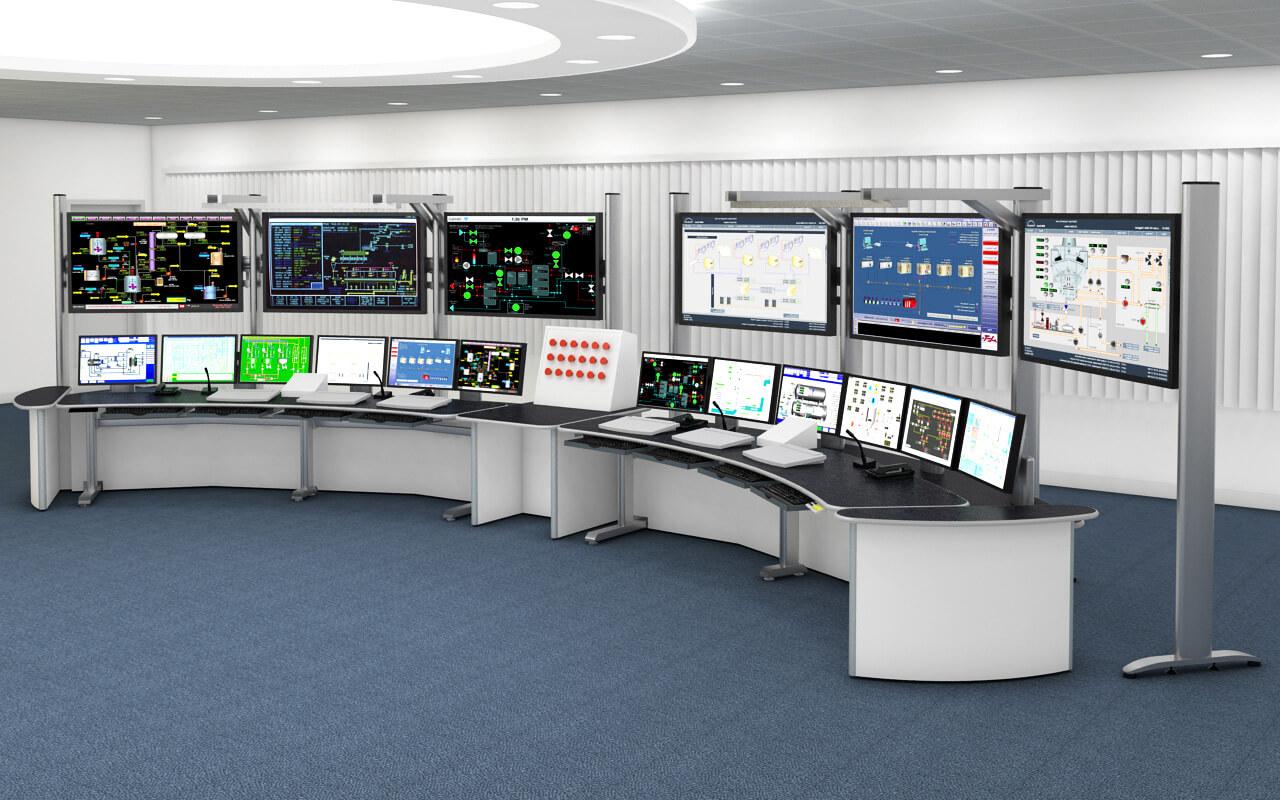Power SCADA: Enabling Efficient Management of Power Systems

Supervisory control and data acquisition (SCADA) systems are commonly used in power utilities and electric grid operators for real-time monitoring and control of equipment. SCADA refers to industrial control systems that allow centralized monitoring and control of equipment like transformers, circuit breakers and sensors from a control center. The control center is usually miles away from the actual field equipment which it monitors and controls.
Remote Monitoring & Control Capabilities
SCADA systems provide remote monitoring and control capabilities for power systems spread over large geographic areas. Data is collected from various remote terminal units (RTUs) installed at power substations and transmission lines. RTUs communicate with programmable logic controllers (PLCs) which read equipment status, measurements from instruments and switchgear positions. This real-time data is transmitted back to the centralized control room through communication channels like microwave, satellite, general packet radio service (GPRS) and fiber. Control center operators can thus remotely monitor field equipment and parameters without having to physically visit different locations. In case of issues, operators can remotely adjust set points, trip breakers and control switchgear from the control center itself. This allows for much faster response times and more efficient management compared to physically inspecting sites.
Improving Visibility & Situational Awareness
Power SCADA systems provide an integrated view of the entire power system in real-time, giving operators much improved visibility and situational awareness. Through visualization tools like alarm displays, trends and dynamic maps, operators can keep track of the system grid-wide and identify anomalies early. For example, SCADA helps identify overloaded lines, failed equipment and locates faults rapidly by aggregating data from multiple sites onto single screens. This greatly aids in resolution of issues before they escalate and minimizing outages. It also enables proactive management through continuous monitoring for potential threats like elevated temperatures or dropped voltages.
Data Analytics & Historic Trending
In addition to real-time monitoring, SCADA also records vast amounts of operational data historially over extended time periods. This historical time-series data stored in databases can then be analyzed to gain insights. Utilities leverage analytics dashboards and reporting tools to glean deeper understanding of equipment health, power quality and consumption patterns. SCADA data serves as the source for predictive analytics models to forecast equipment maintenance needs and demand. Trend charts showing parameter variations over time help identify developing adverse trends early on rather than reacting post failure. This insight allows taking preventive measures to reduce costly unplanned outages.
Enhanced Reliability & Efficiency
Implementation of robust SCADA systems brings about multiple efficiency and reliability benefits for utilities. Automatic remote switching reduces crew dispatch time for restoration in case of outages. Advanced load shedding schemes executed from the control center help balance and stabilize the grid during emergencies. Load balancing across grid components through centralized control optimizes equipment loading. Targeted preventive maintenance strategies derived from insights into asset health minimize unplanned downtime. Monitoring theft detection aids reduce commercial losses. Overall, SCADA implementations enhance operational efficiency manifold by facilitating central coordination and control of large power infrastructure. This leads to improved system reliability and end consumer satisfaction.
Get more insights on Power SCADA
Also read related article on Power SCADA
- Art
- Causes
- Crafts
- Dance
- Drinks
- Film
- Fitness
- Food
- Juegos
- Gardening
- Health
- Home
- Literature
- Music
- Networking
- Other
- Party
- Religion
- Shopping
- Sports
- Theater
- Wellness
- IT, Cloud, Software and Technology


